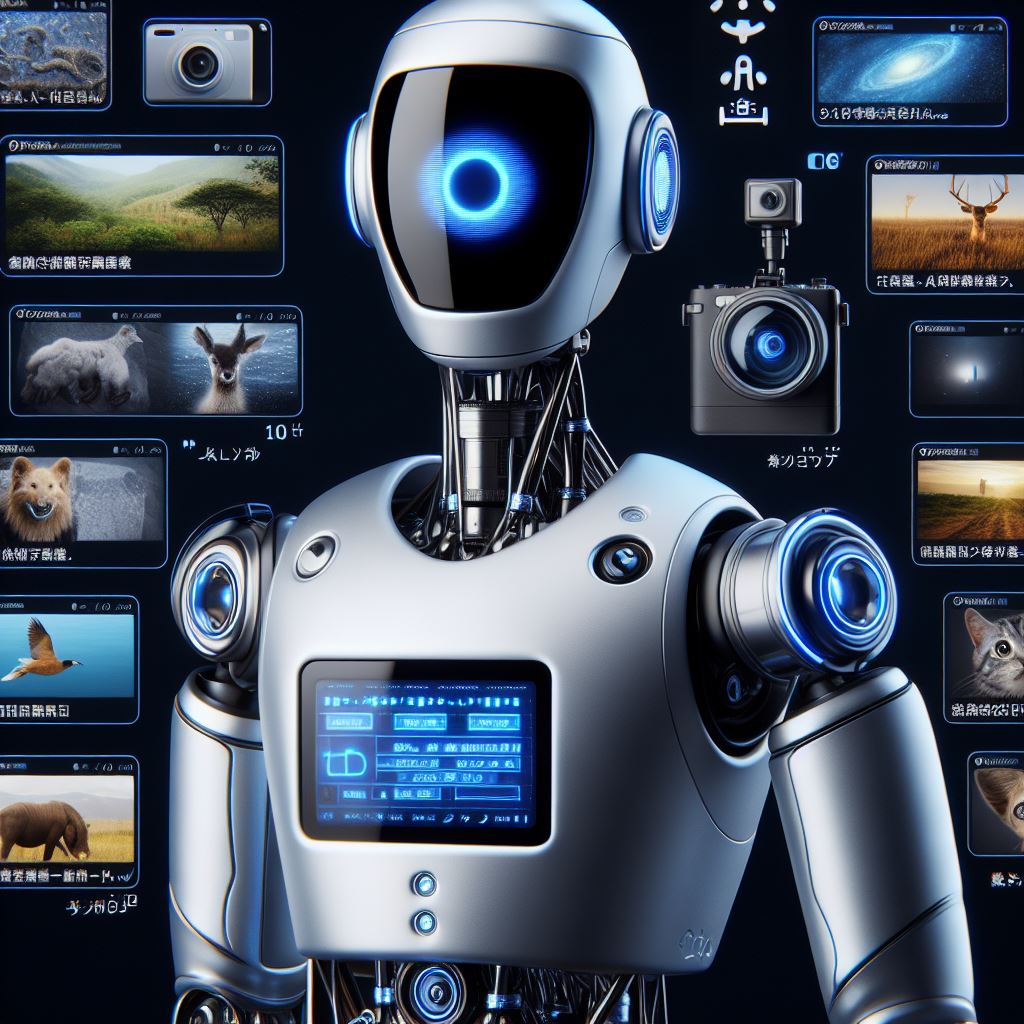
Visual effects (VFX) are an essential part of the film and television industry, creating stunning and realistic scenes that would otherwise be impossible to capture on camera. However, the traditional process of creating VFX is often time-consuming, costly, and labor-intensive, requiring skilled artists and technicians to work with complex software and hardware.
That’s why the recent announcement of Sora, a new text-to-video AI model by OpenAI, has generated a lot of excitement and curiosity among filmmakers, VFX artists, and audiences alike. Sora is a revolutionary tool that can generate high-quality videos based on descriptive text prompts, using generative artificial intelligence to create realistic and imaginative scenes in real-time.
Sora is not the first text-to-video model, but it is by far the most advanced and impressive one. Previous models, such as Runway’s Gen-2, produced choppy, short, and often nightmarish videos that lacked realism and coherence. Sora, on the other hand, can generate videos up to a minute long while maintaining visual quality and adherence to the user’s prompt. Sora can also extend existing videos forwards or backwards in time, creating seamless transitions and continuity.
Sora has the potential to transform the VFX industry in many ways. For one, it could significantly reduce the cost and time of producing VFX, as filmmakers could simply write their desired scenes and see them come to life on screen. This could also enable more creative freedom and experimentation, as filmmakers could explore different scenarios and possibilities without being limited by budget or technical constraints.
Sora could also open up new opportunities for collaboration and innovation, as filmmakers could work with VFX artists and AI researchers to fine-tune and improve the model’s capabilities and outputs. Sora could also inspire new forms of storytelling and expression, as filmmakers could use the tool to create immersive and interactive experiences for audiences, such as in virtual reality or augmented reality.
Of course, Sora also comes with some challenges and risks, as any powerful technology does. For instance, Sora could pose ethical and legal issues, such as the potential misuse of the tool to create misleading or harmful content, such as deepfakes or propaganda. Sora could also affect the role and value of human VFX artists, as some may fear being replaced or marginalized by the AI model.
However, these challenges and risks can be addressed and mitigated by establishing clear guidelines and regulations for the use of Sora, as well as fostering a culture of collaboration and respect between human and AI creators. Sora is not meant to replace human VFX artists, but rather to augment and enhance their skills and creativity.
Sora is a groundbreaking and exciting development for the VFX industry and the film and television industry as a whole. It is a tool that could unlock new possibilities and potentials for visual storytelling and entertainment, as well as challenge and inspire filmmakers and VFX artists to push the boundaries of their craft. Sora is the future of visual effects, and we can’t wait to see what it can do.





